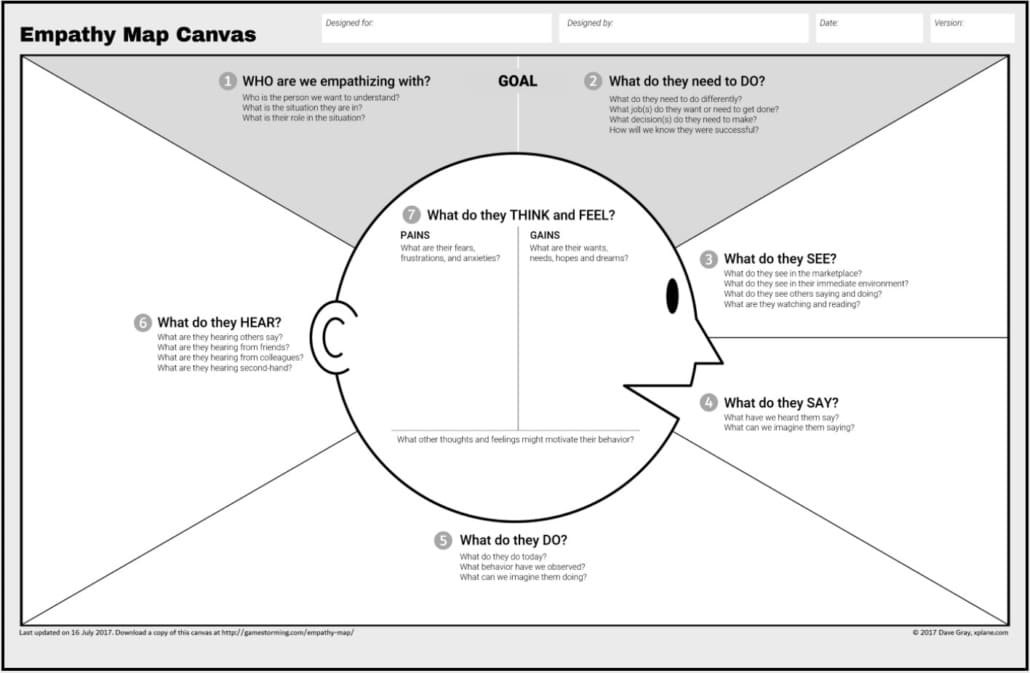The Digital Communication Plan for Tourism – Part II: Analysis for the Digital Communication Plan

One of the most relevant parts of any strategic document is the definition of the current situation of the organization and its competitive environment. The analysis phase allows the development of a plan based on known reality and therefore must minimize risks in strategy development.
This phase helps determine the organization and its situation in the environment in which it operates, particularly in the digital world. From this information, it is possible to identify the potential and gaps of the organization in order to design a future strategy.
The analysis for the digital communication plan is divided into internal analysis and external analysis.
The internal analysis is relevant to determine weaknesses and strengths and must address aspects related to tourism offerings, promotional activities, organizational and financial issues, as well as management orientation and policy directions (in the case of tourist destinations).
For the external analysis, the objective is to determine threats and opportunities, thus considering the specific environment (market products, customers, competitors, and suppliers), as well as the general environment, namely the ecological, technological, economic, legal, political, and sociocultural constraints.
The combination of internal analysis and external analysis leads to a SWOT matrix (Strengths, Weaknesses, Opportunities, and Threats).
In addition to being an organization and environment study, a digital communication plan must analyze its online presence and positioning. This study will help determine a concrete digital strategy and compare its results with the initial situation. In this sense, the following should be developed:
- Monitoring of organization, competition, and industry keywords (useful tools include Google Alert, Ubersuggest, Ahrefs, SEMRush, Mention, Brand24, etc.).
- Evaluation of the organization’s web positioning and its platforms (e.g., Google search).
- Assessment of social networks: presence, activity, influence, etc. (relevant tools here include Hootsuite, Sprout Social, Agora Pulse, Sendible, etc.).
- Benchmarking competition and key industry influencers present in digital media.
To complete the situational analysis, it is necessary to define the target audience, paying particular attention to the target groups without neglecting the stakeholders.
This description should also focus on the presence and activities of these audiences in the digital world: active presence on platforms and services, access devices, usage times, interests, main activities, etc.
The audience description should be very detailed in an attempt to tailor the proposal to both the real needs of those users and their aspirations and frustrations.

Fig. 2 – Empathy Map Canvas ©Dave Gray of Xplane [Gray D., 2009]
For example (Fig. 2), the use of an empathy map, developed by Dave Gray of Xplane [Gray D., 2009], allows us to delve into various aspects of our audiences, such as:
- Who do they empathize with?
- What do they need to do?
- What do they see?
- What do they say?
- What do they do?
- What do they listen to?
- What do they think and feel, in terms of pains and gains?
In the upcoming sections, we will continue with the subsequent phases of the digital communication plan for tourism and how to address the basic strategic questions.
Sources:
- [Gray D., 2009], Dave Gray, “Empathy Map” November 12, 2009 https://gamestorming.com/empathy-map/ fetched on 28.01.2022
- Rossi A. (2022) Comunicazione Digitale per il Turismo, KDP
#DigitalCommunicationPlan; #Tourism; #StrategicAnalysis; #SWOTAnalysis; #OnlinePresence; #DigitalStrategy; #CompetitiveAnalysis; #TargetAudience; #SocialMediaEvaluation; #MarketResearch; #StakeholderEngagement; #EmpathyMapping; #DigitalMarketing; #TourismIndustry; #CommunicationPlan

Leave a Reply
Want to join the discussion?Feel free to contribute!